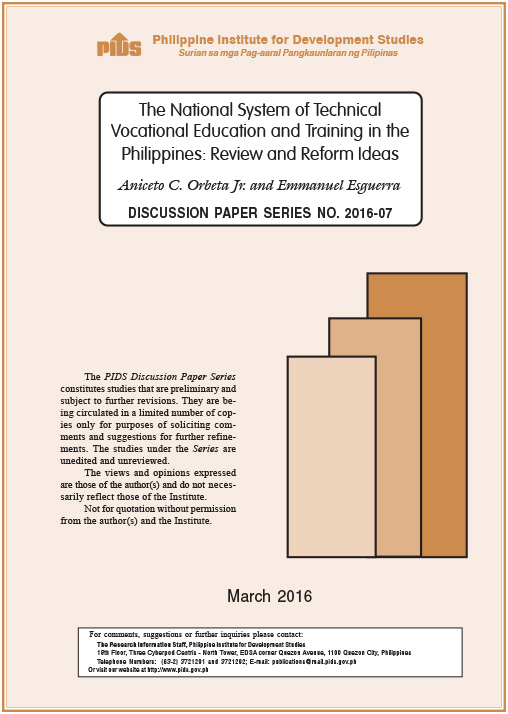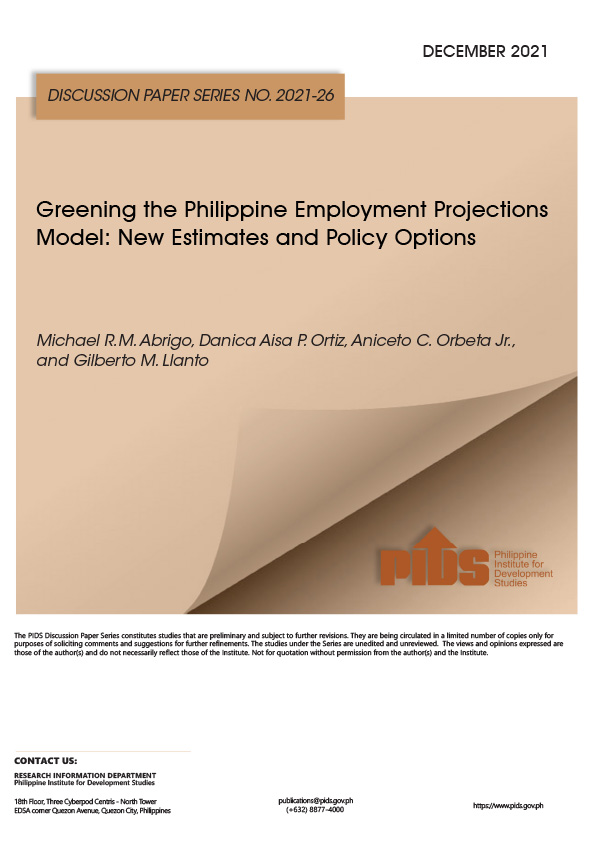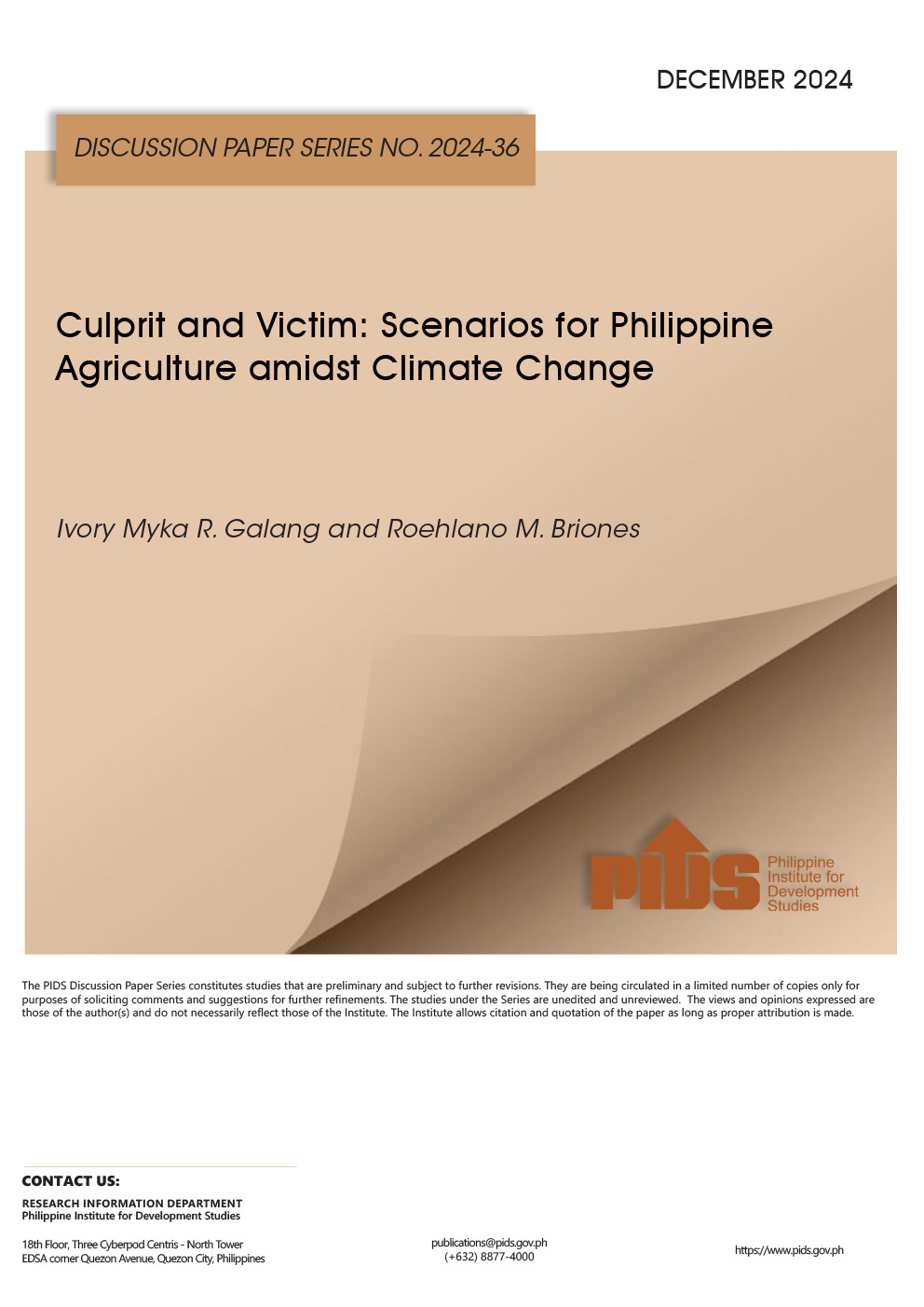First of three parts
In Spanish El Niño means "the little child.” But there is nothing "little” in the weather phenomenon that bears the Spanish name.
In a May 27 article by Bloomberg, forecasters said changes in the weather caused by El Niño may have a global impact from the rice lands of the Philippines to the food markets of Mexico.
According to the US National Oceanic and Atmospheric Administration (NOAA), El Niño is characterized by unusually warm ocean temperatures in the Equatorial Pacific. The NOAA said the weather phenomenon can cause increased rainfall in the US and in Peru, and drought in the West Pacific.
A study conducted by government statisticians, led by former National Statistical Coordination Board (NSCB) chief Romulo A. Virola, noted that the Philippines has experienced a total of 19 El Niño events, seven of which are considered strong, four moderate and eight weak, from 1950 to 2010.
"According to the Philippine Atmospheric, Geophysical and Astronomical Services Administration [Pagasa], some of the El Niño years that hit the Philippines were 1965-1966, 1968-1969, 1972-1973, 1976-1977, 1982-1983, 1990-1994, 1997-1998, 2002-2003 and 2009-2010,” the report read.
While the primary impact of El Niño on the Philippines is drought, it has "second- and third-order” impacts, according to Pagasa. Citing the state weather bureau, the study noted that El Niño caused unemployment, food shortages and "significant” reduction in productivity.
Using data from 1970 to 2009, the study found
that palay production during strong El Niño years is on the average lower by 26.6 percent compared to nonstrong El Niño years. Corn production during strong El Niño years is on the average lower by 18.5 percent compared to nonstrong El Niño years.
Currently, the Philippines is experiencing a "weak” El Niño. Pagasa said this would prolong the dry season. In March the state weather bureau said the weak El Niño would not persist, and its impact may not be "significant.”
While the current El Niño episode may be weak, the weather phenomenon has already caused damages amounting to nearly P2.2 billion, according to the latest data from the Department of Agriculture (DA). Rice crops suffered the brunt of the dry spell. As of May 21, 72,109 metric tons (MT) of palay, valued at P1.21 billion, had already been damaged.
El Niño had also destroyed 73,622 MT of corn, valued at P958.43 million; and 1,023 MT of high-value crops, costing P19.45 million. Rice and corn are two of the country’s major cash crops.
The DA data indicated that the dry spell affected a total of 25,086 rice farmers from nine regions. The biggest damage was recorded in Region 12, where 7,632 rice farmers lost a total of P532 million. Rice farmers in Regions 1, 2, 4B, 5, 9, 10, 11, 12 and 13 also lost a significant amount of money.
The dry spell caused by El Niño also affected a total of 21,633 corn farmers mostly from Mindanao. Among the four corn-growing
regions that experienced below-normal rainfall, Region 12 recorded the biggest loss at P470.94 million. Nearly 11,000 farmers tilling 12,585 hectares of farm lands took a hit.
Losses were also reported by corn farmers in Regions 5, 10 and 11. More than 10,000 farmers in Region 10 indicated that they lost 35,468 MT of corn, valued at P463.42 million.
Despite this, Agriculture Secretary Proceso J. Alcala said the damage is "minimal” compared to the annual rice and corn output of the Philippines. Alcala also assured that the government has already put in place the necessary measures to ensure that farmers would be able to cope with the ill-effects of El Niño and produce enough food for all Filipinos.
For one, the DA said it has reactivated its National El Niño Task Force, which is composed of regional offices and various attached agencies and bureaus. The department came up with an El Niño Mitigation and Adaptation Plan, which requires P1.8 billion to implement.
The DA said it has "intensified” its monitoring and reporting activities on the status of drought and dry -spell incidence to provide appropriate interventions in affected areas.
For irrigated agricultural lands, the DA said it has been coordinating with the National Irrigation Administration for better management of agricultural waters. Information, education and communication activities have also been conducted among farmers to employ water-saving techniques, such as synchronous planting, which make irrigation more efficient.
For rainfed agricultural lands, the DA has fast-tracked the implementation of small-scale irrigation projects and construction of rainwater harvesting and drainage facilities.
Before the onslaught of the El Niño phenomenon, the department said it has distributed drought-resistant palay seeds, and assisted farmers in the adjustment of their cropping season. The DA has already issued notices to release corn seeds from the buffer stocking program of the Agri-Pinoy Corn Program.
To effectively manage "drought” pests, the DA has trained and encouraged farmers to practice crop rotation to break the continuous food supply to the pests, hence breaking their life cycle. Farmers have, likewise, been encouraged to minimize the use of synthetic pesticides, and instead massively introduce bio-control agents to preserve the life of helpful organisms.
For this, the DA has requested the support of RCPC Trichogramma Laboratory to augment the need of Trichogramma for the control of stem borer in infested areas. Trichogramma is a parasitic species of wasp that kills eggs of stem borers.
Alcala and other government officials are crossing their fingers that the adverse impact of El Niño will be minimal, and would not cause a huge shortfall in the country’s food output. But the latest forecast from Pagasa could dampen hopes that the weather phenomenon would cause little destruction.
Pagasa said the current El Niño episode could persist until the first half of 2016. The state weather bureau said this could upset planting schedules in many parts of the country, including top rice and corn producers.
Earlier this year, some scientists had said there is little chance of El Niño happening this year. Unfortunately, this forecast is inaccurate, and has again highlighted the unpredictability of the weather. Economists and experts said this makes it more imperative for the government and even the private sector to revisit policies, particularly in the water sector.
Dr. Roehlano Briones, senior fellow of government think tank Philippine Institute for Development Studies, said there is a need for concerned
agencies to "rethink the overall governance framework for the water sector.”
As it is, whenever El Niño strikes the Philippines, economists said farmers usually give way to other consumers who use water for drinking and cleaning their households.
To be continued
Related Posts
Publications
Press Releases
Video Highlights
[No related items]
Infographics
[No related items]





